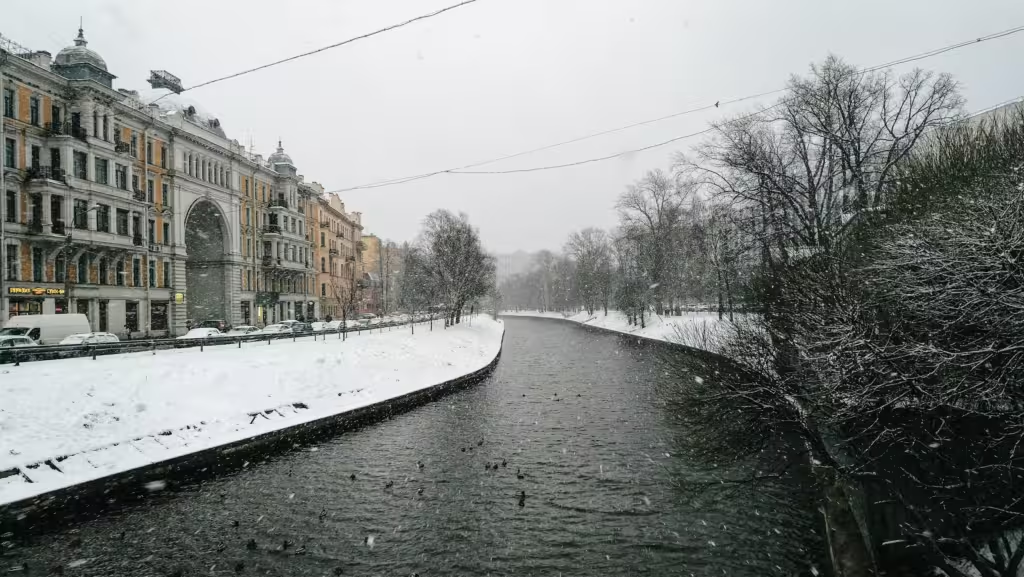Susan Crockford of Polar Bear Science notes that the ice around Svalbard island is at its highest level since 1988 “but only 6th or 7th highest since records began in the 1970s” (since the 1970s were very cold and icy). Which might not concern you if Svalbard is not on your bucket list. But it matters because if the Arctic is supposed to be melting twice as fast as the average or some such, why is the ice growing not shrinking?
For those not champing at the bit to break quarantine and reach Svalbard, it’s in the northern part of the Barents Sea which stretches from chilly Murmansk to bleak Franz Josef Land and from icy Novaya Zemlya to, well, Svalbard. What makes its prospects for a brisk tourist trade even less promising is that it is in the cold northern part of this cold northern area. Down in the southern part, Bjørnøya (Bear Island; yes, Bjørn means bear in Norwegian) typically celebrates Easter surrounded by open water. But this year, for the first time in 11 years, it was swathed in pack ice as late as April. Warmest year ever, or something.
It’s good to see that Crockford’s employment travails after questioning climate orthodoxy have not dampened her sense of humour. Her post includes a graphic “Social distancing in the Arctic: keep one polar bear length apart while outdoors”. (Especially from any polar bears, we would say.) And her site promises “polar bear science without advocacy, fearmongering or spin. Most importantly, there will be no predictions about the future of polar bears!”
Despite which she does note acerbically that global ice “March extent average for 2020 came in higher than the last five years (or, as the NSIDC prefer to put it, the ‘11th lowest’ since 1979)” which is rather like that Soviet joke about Nixon and Brezhnev having a footrace in which Brezhnev placed second and Nixon second-last. But here’s something even more feeble about that 11th-lowest claim.
We’ve only been measuring ice in a lot of these places since satellite coverage began in 1979. But we know that ice had been growing since the balmy 1940s when the RCMP sail-diesel schooner St. Roch did the Northwest Passage both ways. (And by the way, Amundsen himself had already traversed the Northwest Passage in a cockleshell fishing boat with a crew of six and a 13 horsepower paraffin engine to back up its sails in 1903, so yes, the Arctic will be navigable in a short period of time, provided you go backward.)
This treatment of 1979 as the dawn of time is one of the most egregious of the “on record” claims from people who like to accuse others of cherry-picking. They know the ice had been growing as part of a natural cycle from the 1940s into the 1970s unrelated to CO2, but start from there to show that it’s now shrinking as part of an unnatural trend going relentlessly forward driven by CO2. Except apparently it’s not shrinking. Unbearable.


